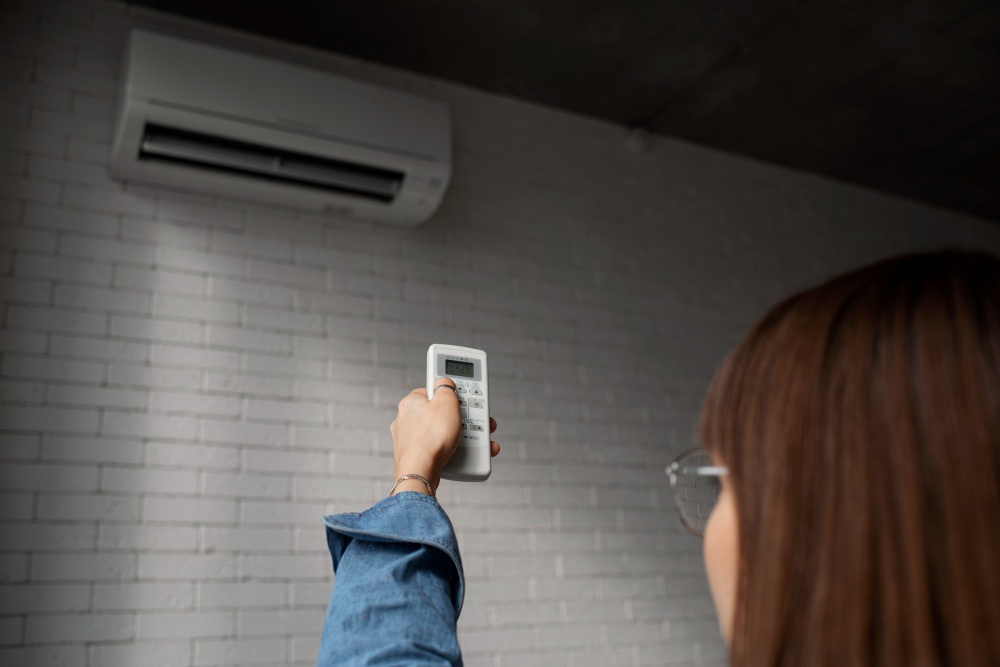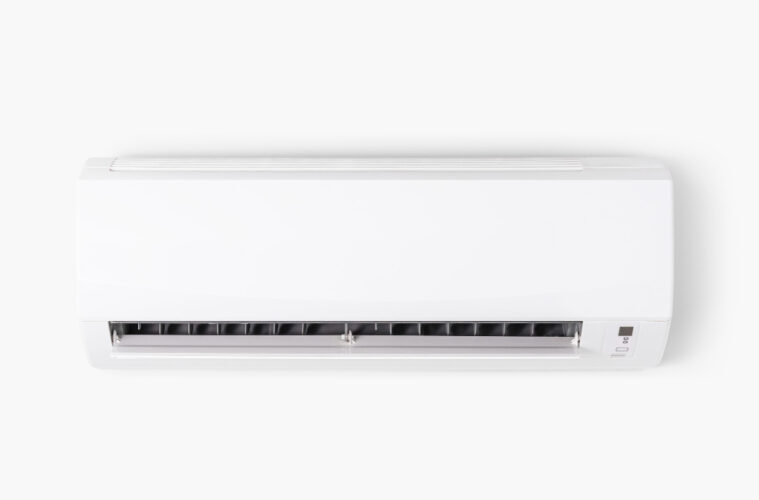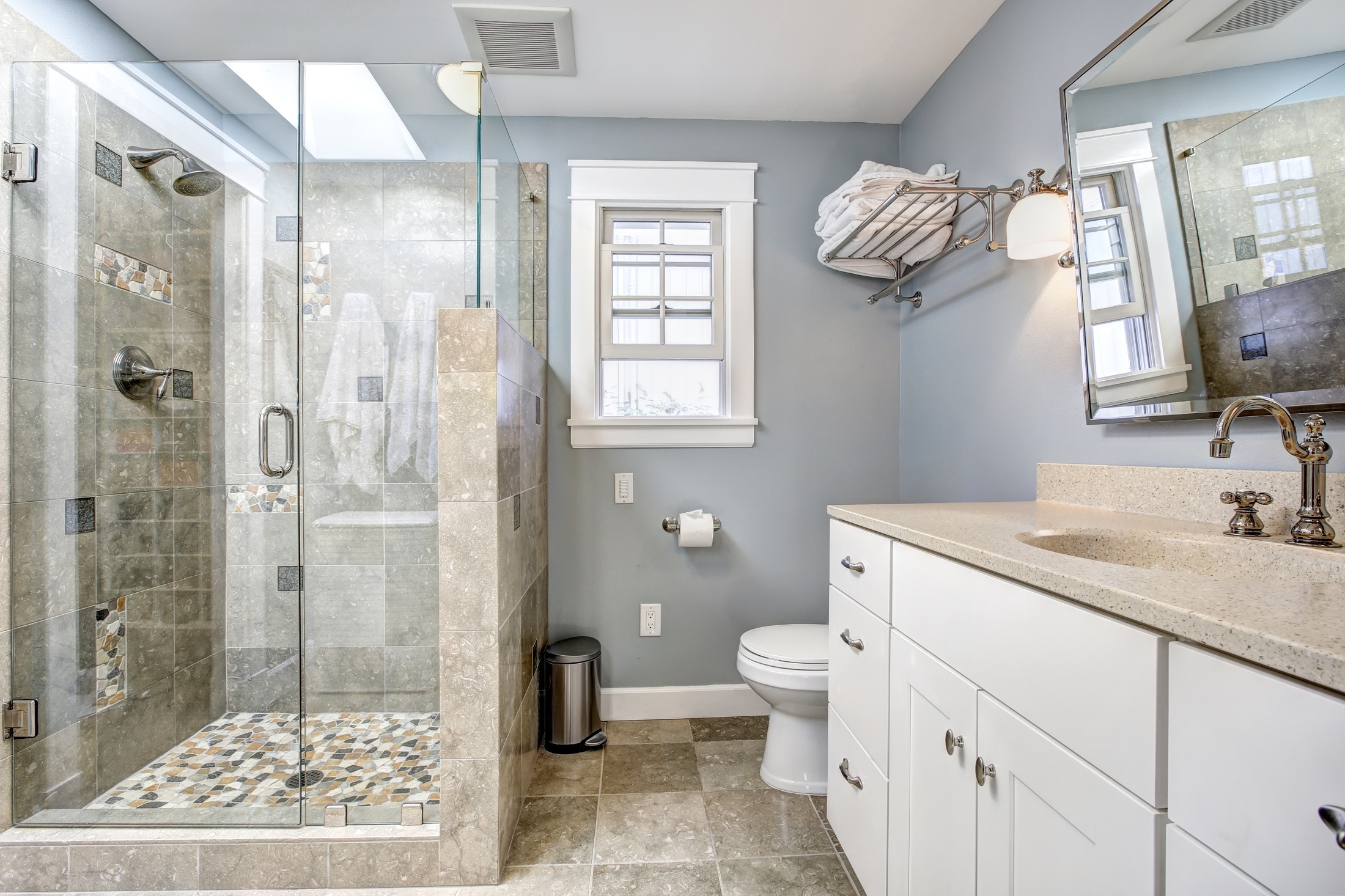In 2025, energy efficiency isn’t just about saving on utility bills, it’s about future-proofing your comfort. As electric rates climb and climate policies tighten, inefficient AC systems are becoming financial liabilities. New federal standards like SEER2 and updated SEER rating guidelines mean older systems waste more energy than most homeowners realize.
Energy efficiency today is about resilience and control, not just lower costs. A high-efficiency HVAC system, especially one with inverter AC technology, keeps your home steady during energy spikes and grid fluctuations, protecting you from variable pricing and peak-hour surcharges. It also reduces long-term energy demand, lessens strain on the grid, and qualifies for utility rebates and performance-based incentives.
The best systems in 2025 don’t just save money, they buy peace of mind and energy independence.
The Most Efficient AC Unit Choices for 2025
When it comes to the most efficient AC unit options this year, the technology has evolved far beyond simple on/off operation. Modern systems rely on AC inverter designs that use precision speed control to maintain steady temperatures without wasting power. Whether you’re upgrading a split system or choosing a ductless option, efficiency is now measured in how smartly a unit adapts to real-time conditions.
Today’s energy efficient AC units deliver comfort with lower energy draw, helping homeowners cut monthly cooling costs without sacrificing performance or airflow.
How an Inverter AC Reduces Energy Use

Old-school compressors cycle on and off like a light switch, burning excess power with every restart. AC inverter compressors adjust speed in real time to match your cooling needs, like cruise control for your air conditioner. They fine-tune output by the second, using only the energy needed while keeping temperatures steadier, humidity lower, and operation quieter.
It’s not just a technology upgrade, it’s a comfort upgrade. You feel steady coolness, not the hot- cold rollercoaster older systems create.
That’s why homeowners increasingly choose energy efficient AC units with inverter technology for long-term savings and stable performance.
What AC SEER Rating Means for Efficiency
AC SEER rating stands for Seasonal Energy Efficiency Ratio, it measures how efficiently an AC converts electricity into cooling over an average season. The higher the AC unit SEER rating, the more efficient the unit.
In 2025, SEER2 ratings replaced the old SEER rating standard to reflect real-world conditions like static pressure and duct resistance, giving a truer sense of actual efficiency in your home. A good AC unit SEER rating starts around 16-18, while premium systems reach 22-27. Anything above 20 is considered top-tier performance.
Every point increase in AC SEER rating can translate to roughly 5-10% energy savings, and those savings compound over time. Still, two units with the same SEER rating can feel different: systems with adaptive compressors and smart airflow sensors often perform like they’re several SEER points higher, because true efficiency depends on how well the system adjusts to your daily patterns.
Top 2025 Picks: Midea Inverter AC and Dual Inverter LG AC
Midea inverter AC and dual inverter LG AC models have made the biggest gains in mainstream inverter technology. Midea’s new split systems pair high SEER2 performance with low standby draw, while the LG dual inverter window AC and LG inverter AC continue to lead the compact category, achieving consistent cooling with minimal fluctuation and up to 40% lower power use than older models.
Alongside Midea and LG, the efficiency leaders in 2025 are still the innovators. Daikin and Mitsubishi Electric dominate in inverter-driven mini-split systems, focusing on micro-efficiency where each room gets only what it needs, moment to moment. Trane and Lennox lead in system intelligence, their variable-speed compressors and smart sensors self-correct airflow and temperature across zones. Carrier continues to perform strongly in central systems with variable-speed technology.
Lennox’s Elite and Signature lines now push SEER2 ratings beyond 25, and Daikin and Mitsubishi maintain their edge in real-world durability, holding efficiency even in humid or dusty environments.
Efficiency leadership in 2025 isn’t about who posts the highest SEER rating, it’s about who integrates AI-driven controls and advanced variable-speed logic to make cooling smarter.
Why the LG Dual Inverter Window AC Leads in Efficiency
For 2025, LG dual inverter window AC units and LG inverter AC systems are earning top marks from both performance data and homeowner feedback. Other standout systems include Lennox SL28XCV (up to 28 SEER2), Trane XV20i TruComfort™ (around 22 SEER2), Carrier Infinity 24VNA6 (about 24 SEER2), Mitsubishi Electric FS-Series (up to 26 SEER2 for ductless systems), and Daikin VRV Life (around 23 SEER2 with strong part-load efficiency).
All five share one key trait: they perform above their ratings in real-world use. That’s why the true leaders aren’t just chasing SEER numbers, they’re designing systems that perform above them in real-world conditions. Their variable-speed logic continuously fine-tunes performance instead of running at fixed capacity, keeping efficiency steady under less-than-ideal conditions like dusty filters, high humidity, or uneven ducting.
Lennox’s SL28XCV and Mitsubishi’s FS-Series, for example, retain about 90% of their rated efficiency even when outdoor temps exceed 100°F. That means you’re not just buying a number, you’re buying stability when it matters most from your energy efficient AC unit.
Inverter vs. Traditional AC Systems
Inverter AC systems can cut energy costs by 25-40%, depending on your home size, insulation, and climate.
They eliminate the energy surge that happens every time a traditional compressor restarts, one of the most common causes of premature wear and costly air conditioner repair. In hot, humid regions where an AC cycles frequently, that difference adds up fast. Conventional units often run at full capacity even when your home needs only part of it, wasting electricity. DC and AC inverter systems, on the other hand, hum along efficiently at partial load, cooling consistently without overworking.
Over a 10-year span, homeowners typically save $1,200-$2,500 on electricity, more when paired with smart thermostats or solar setups. Beyond the savings, inverter AC units keep temperatures steady, preventing the overcooling-and-reheating cycle that wastes both energy and comfort. Homeowners who track usage report another 8-10% savings simply from no longer “chasing”comfort manually.
That’s why the most efficient AC setups today almost always include inverter-driven systems.
How AC Unit SEER Rating Affects Power Bills

Factor in 2025’s rebates, tax credits, and utility incentives, and the price gap often shrinks by thousands. Homes with high-efficiency HVAC systems also tend to sell faster and appraise higher as energy ratings become part of real estate disclosures.
The value isn’t just in energy savings, it’s in how slowly these systems age. Inverter AC technology runs smoother, with less mechanical stress, fewer short cycles, and cooler electronics. That means compressors lasting 15 years instead of 10, cleaner coils, and sensors that stay calibrated longer. Longevity is the hidden ROI competitors rarely mention.
Are AC Inverter Models Worth the Cost?
When comparing models, look beyond the SEER number and focus on features that directly enhance performance, comfort, and longevity.
Look for variable-speed compressors (not just two-stage) for smoother modulation, ECM fans for quieter, more precise airflow, and smart thermostatic controls that learn your cooling habits. Systems using advanced refrigerants like R-32 improve efficiency while lowering environmental impact, and zoning or multi-split compatibility is ideal for larger or multi-story homes.
In 2025, the best energy efficient AC units act like “climate managers”, responding intelligently to temperature, humidity, and occupancy. Features like adaptive airflow balancing, humidity- sensing algorithms, soft-start compressors, and cloud-linked diagnostics keep performance consistent and alert you to issues before you notice them. Those small innovations make a big difference in maintaining AC unit SEER rating efficiency year after year.
Keep Your Most Efficient AC Unit Running Smoothly
Even the most efficient AC unit can lose 10-15% efficiency if neglected, in 2025, that’s like downgrading your AC by a full SEER level. Replace filters every 1-2 months (sooner in dusty areas), schedule annual tune-ups with refrigerant checks and coil cleaning, and keep the outdoor condenser clear of debris with at least two feet of open space.
Inspect ducts for leaks since 20-30% of cooled air can escape through unsealed joints, and use smart thermostats with eco modes to reduce runtime when you’re away. Consistent maintenance doesn’t just save energy, it can extend your system’s lifespan by five years or more.
Modern inverter AC systems can self-diagnose, but most homeowners ignore alerts. Pair your AC with a connected thermostat that tracks runtime patterns, if it’s running longer to reach the same temperature, that’s your early warning of refrigerant loss or airflow restriction. Rinse your outdoor unit gently with low-pressure water from the side or at an upward angle, avoiding downward pressure on the fins, and opt for biannual precision tune-ups that catch leaks and, calibration drifts before they become costly.



